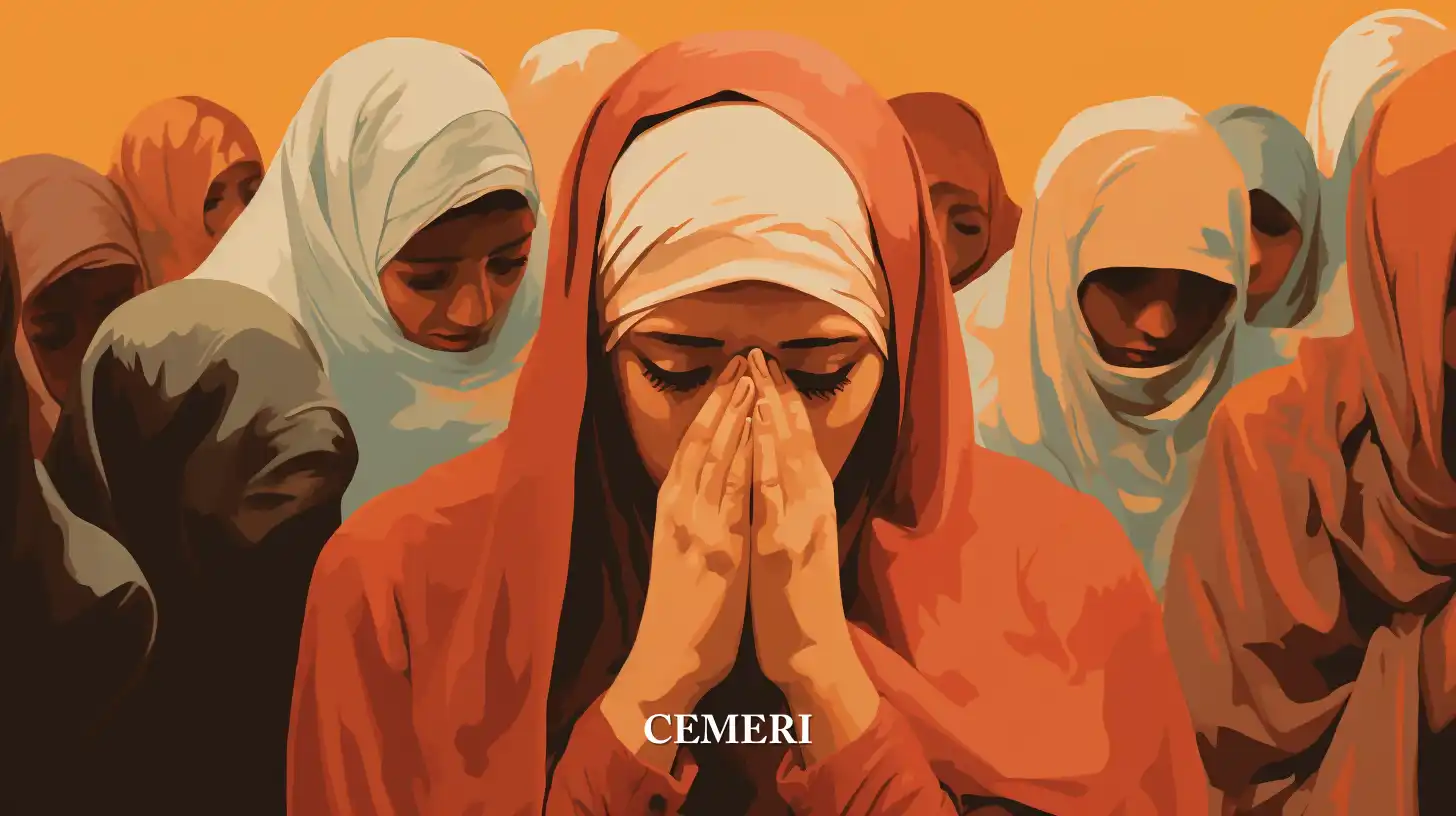Encyclopedia
Ángel Salazar
What is migration?
- Since ancient times, the human being has been characterized by being in constant circulation from one place to another. The reasons for that displacement may vary.

Since ancient times, the human being has been characterized by being in constant circulation from one place to another. The reasons for this displacement can vary, some people do it in search of work or new economic opportunities, to meet with their relatives or to study. Others leave to escape conflicts, persecutions, terrorism, violations or abuses of human rights; Even environmental factors are reasons for people to decide to leave their countries or cities of origin.
There are different definitions of the migratory phenomenon, but according to the Economic Commission for Latin America and the Caribbean (ECLAC), migration is the change of residence that implies the transfer of some duly defined geographical or administrative limit. The border that is crossed can be international (border between countries), or internal, in a duly recognized demarcation within a country (between administrative divisions, between urban and rural areas, etc.). (ECLAC, undated)
Migration is classified into three categories, which will depend on the type of border to be crossed:
- International migration: It occurs when the change of residence is between countries. The international migrant population corresponds to people who have ever changed their country of habitual residence; that is, people who have spent at least one year of their life in a country other than the one in which they currently live. An example would be moving from Mexico to France. (INE, undated)
- Internal Migration: Refers to migratory movements that occur within a country, between communes, regions, or provinces. Its study is fundamental due to the relevant role that this factor has on the demographic growth of the various territorial areas of the country. An example would be moving from Monterrey to CDMX. (INE, undated)
- Pendular migration: Refers to people who reside in one place and work or study in another, so they have to move daily and return home. This migration can take a day or several months. An example would be the Mexican border population that crosses into the United States to work and can return the same day. (Sectoral, 2020)
In the same way that migration is categorized, the people who carry out said activity are classified. According to the International Organization for Migration (IOM), a migrant is any person who moves, or has moved, across an international border or within a country, outside their usual place of residence regardless of: (United Nations , s/f)
- Your legal situation
- The voluntary or involuntary nature of the displacement
- The causes of displacement
- The duration of your stay
An emigrant is any person or migrant who moves from his place of origin to another, has the status of emigrant with respect to the place he leaves. On the other hand, an immigrant, is any individual who moves from his place of origin to another, has the quality of immigrant with respect to the place of arrival. (IMO, s/f)
The causes that cause the phenomenon are diverse, which we can group through three specific factors:
- Sociopolitical factors: Ethnic, religious, racial, political and cultural persecution, war, or the threat of conflict and government persecution drive people to leave their country. Those fleeing armed conflict, human rights violations or persecution are more likely to be humanitarian refugees. This will depend on where they settle, as some countries have more liberal approaches to humanitarian migrants than others. (European Parliament, 2020)
- Demographic and economic factors: They are related to labor standards, unemployment and the general health of a country's economy. Pull factors include higher wages, better employment opportunities, a higher standard of living, and educational opportunities. If economic conditions are not favorable and appear to be getting worse, more people are likely to migrate to countries with better opportunities. (European Parliament, 2020)
- Environmental Factors: The environment has always been a driver of migration as people flee natural disasters such as floods, hurricanes and earthquakes. With climate change, extreme weather events are expected to increase, causing more people to migrate. (European Parliament, 2020)
There is an agency specialized in immigration matters, to monitor and solve the problems surrounding the phenomenon. The International Organization for Migration (IOM) was created in 1951 and is the main intergovernmental organization in the field of migration. It works in collaboration with governmental, intergovernmental and non-governmental partners.
IOM's work is to ensure that migration is managed in an orderly and humane manner, to promote international cooperation on migration issues, to help find practical solutions to migration problems, and to offer humanitarian assistance to migrants in need, whether It concerns refugees, displaced or uprooted people. In 2016, the organization reached an agreement with the United Nations to become a specialized agency of the Organization. (United Nations, s/f)
Sources
Comisión Económica para América Latina y el Caribe. “Migración”. S/f. Recuperado de: https://www.cepal.org/es/temas/migracion
Instituto Nacional de Estadísticas. “Migración”. S/f. Recuperado de: https://www.ine.cl/ine-ciudadano/definiciones-estadisticas/poblacion/migracion
Naciones Unidas. “Desafíos Globales: Migración”. S/f. Recuperado de: https://www.un.org/es/global-issues/migration
Observatorio de Migración Internacional. “Migración Mundial”. S/f. Recuperado de: http://www.omi.gob.mx/work/models/CONAPO/migracion_internacional/mundial/I_Migracion_Mundial.pdf
Parlamento Europeo. “Explorar las causas de la migración: ¿por qué migran las personas?”. 2020. Recuperado de: https://www.europarl.europa.eu/news/es/headlines/world/20200624STO81906/explorar-las-causas-de-la-migracion-por-que-migran-las-personas
Sectorial. “Migración Pendular, Otra de las Variables en la Relación Colombia – Venezuela”, 2020. Recuperado de: https://www.sectorial.co/articulos-especiales/item/320785-migraci%C3%B3n-pendular,-otra-de-las-variables-en-la-relaci%C3%B3n-colombia-venezuela

